Why Hemp Is Better Than Cotton for Clothes
Despite its granola crunching image, hemp fabric is found in all sorts of clothes and textiles, and has been for centuries. Recently, while looking for a durable and casual jacket, I even stumbled upon an $860 hemp cotton-blend blazer from Drake’s.
Yes, hemp is even used in high-end tailored menswear, which led me down a rabbit hole of trying to figure out if hemp fabric has a place in my wardrobe.
Hemp products were used by explorers, laborers, and the military for thousands of years before being demonized as the devil’s weed when the more psychoactive cannabis strains were targeted by US legislators in the early twentieth century.
We’re going to look at the history of hemp fabric, its pros, and cons, types of hemp fabrics, and some interesting clothes I’ve found that are made with hemp.
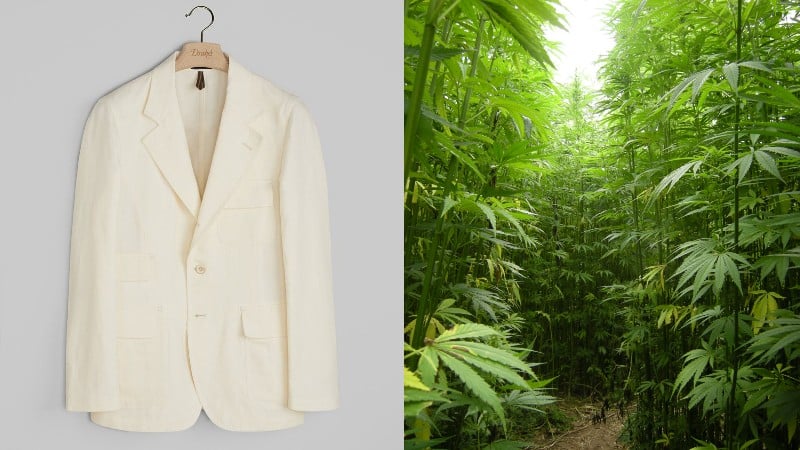
What is Hemp Fabric?
- Made from the stem of the Cannabis sativa plant
- Very durable and resistant to stretching and warping
- Hemp is roughly four times stronger than cotton
Tee hee hee, hemp is like, weed right?
Well yes, technically hemp fabric comes from the same species of plant — the Cannabis sativa plant — that you might pack into a pipe and smoke, but the two are very different.
For starters, hemp comes from the stem of the plant, while marijuana or cannabis typically comes from the flower.
The hemp used in fabrics also comes from plants grown for industrial hemp, which is so low in psychoactive compounds (like THC) that it’s practically free of them. This fact, though, has rung hollow with legislators worldwide and in some countries, hemp is just as controlled as marijuana — one reason why it’s harder to get a hold of than other textiles.
Before the early 20th century, well before the counterculture embraced pot as a way to get high, hemp was widespread in products like sails, rope, and clothes. As we’ll explore below, hemp is stronger, more durable, and less stretchy than cotton, which made it a preferred textile for such rugged use.

Benefits of Hemp Fabrics
- Hemp is 4 times stronger than cotton
- Cotton uses 4 times more water per kilogram
- Hemp doesn’t stretch out (like cotton)
- Requires little fertilizer and pesticides
In the right climate, the hemp plant grows with little irrigation, fertilizer, or pesticides; it’s a very strong material.
Unlike other materials like cotton, hemp fabric doesn’t require a ton of water and fertilizers to grow — in fact, a kilogram of cotton requires two to five times more water. It’s also easier to process and requires less land, and fewer pesticides, and fertilizers. Compared to growing cotton, hemp wins from an environmental perspective. As a nitrogen-fixing plant, it even improves soil health.
Hemp plants are among the fastest-growing on earth. You could say they grow like a weed, but you might get punched for such a lame pun, so I’ll say they grow almost as fast as bamboo, which is a famous kind of grass — damn it. Anyway, the hemp plant goes from seed to harvest in about 4 months, and farmers like that.
The hemp plant goes from seed to harvest in about 4 months, and farmers like that.
Hemp fabric is very similar to linen and hemp clothing also shares a lot of the same benefits: hemp fabric doesn’t stretch, it’s an abrasion-resistant natural fiber, it wicks moisture, and is somewhat conductive, meaning it moves heat away from the body. Hemp fibers are very long, which makes them strong. Hemp textiles also have antimicrobial properties which make them useful for socks and hats.
Another benefit of hemp fabric is that it’s highly resistant to absorbing water, which is unusual for a material made from plants. Cotton, for example soaks up water and holds onto it, which can cause it to rot.
Hemp also has a ton of uses other than clothing: it’s used for oil, animal bedding, building materials, and making ropes.
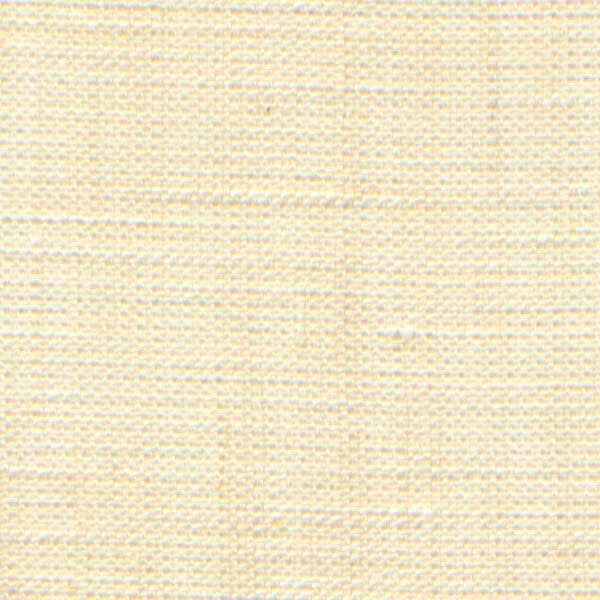
Disadvantages of Hemp Fabrics
- Hemp is scratchier than cotton
- It’s harder to obtain, raising the price
Nothing’s perfect. The hemp plant is very fibrous, and that’s great for making thick and durable rope, but not so great at making soft clothes. It’s more likely to be itchy, in other words.
But hemp is pretty close when compared to cotton and synthetic textiles. Historically, the biggest downside of hemp fabric is that it’s stiff, scratchy, and not nice to have near the skin, which makes it a pretty poor choice for clothing that aren’t jackets. But like linen, hemp fabric softens over time.
Hemp fabric is prone to wrinkles like linen, but all-natural fibers from plants are prone to wrinkles.
Today, though, many modern hemp fabrics have been treated and blended with other fabrics so that it’s softer.
The biggest downside of hemp is the negative image a lot of people still have. In America, growing hemp requires licenses. The extra requirements to grow hemp versus other crops cause the price to go up. Also, if people think hemp is just for environmentalists or it’s seen as too green, there isn’t much of a market to sell it and hemp farmers might switch to a crop that’s more profitable.
The supply chain isn’t as robust as other fabrics either. Nearly all hemp fabrics are made in China and nearly all hemp crops are grown in China, making it a textile that’s vulnerable to supply chain issues and trade wars.
Hemp Fabric vs Organic Cotton
- Hemp is 4 times stronger than cotton
- Cotton is cheaper and more comfortable
Hemp fabric is four times stronger than organic cotton. It doesn’t stretch, so your clothes maintain their shape for longer. The fibers don’t pill and are abrasion-resistant as well. If you’re looking for a durable material that holds up the elements, hemp is it.
But hemp can also be stiff, scratchy, and takes a while to soften up.
Organic cotton, on the other hand is soft, stretchy, and fairly warm, though it often pills. You can buy expensive extra-long-staple cotton, which will hold up better, but eventually, cotton will stretch out and lose its shape.
Cotton also takes much more water to grow. Organic cotton takes less than industrial cotton — just 10 percent of the usual amount — but industrial hemp needs even less.
Best Hemp Clothing For Men
Here’s a list of my favorite hemp clothing, most of these I found while looking for specific products like hoodies or shorts, I wasn’t looking for an eco-friendly durable material, but I was happy that I tried hemp clothing.
Pistol Lake All Day Hemp Tees
- 13 colors available,
- Inexpensive,
- Nice fit, and
- Doesn’t stretch
I find it difficult to buy t-shirts I like, and I find it even more difficult to find t-shirts I like that are under 100 bucks. Loopwheel shirts, for example, are really great: they’re durable and keep their shape, but they’re also very expensive.
Pistol Lake hemp t-shirts are a nice compromise. At 55 percent hemp and 45 percent cotton, you get the softness of cotton and the durability of hemp. The shirts come in a lot of great colors, they’re inexpensive, fit well, and don’t stretch.
Hemp Hoodie – The Outerknown Sur Snap Hoodie ($128)
- Made with hemp and organic cotton
- Looks like a normal sweatshirt, interior is furry like a towel
- Made in Fair Labor Association- and Bluesign-certified factories
- Made in China
A while back I went hunting for the perfect hoodie and found the Sur Hoodie, made the Outerknown — professional surfer Kelly Slater’s eco-friendly apparel company.
Most of Outerknown’s products are made from eco-friendly materials sourced from old, recycled fishing nets and other waste.
For their Sur hoodie, they blend organic cotton and hemp to get a durable, soft, eco-friendly material.
While it’s made in China, Outerknown partners with the Fair Labor Associate and Bluesign standards to ensure that labor laws and human rights standards are respected across the board.
The inside of the fabric is soft and fluffy and it wears like the relaxed, beachy hoodie it was designed to be.
[Buy the Outerknown Sur Hoodie here]

Hemp Shorts: Taylor Stitch’s Apres Short ($98)
- 8-inch inseam
- 6-ounce hemp
- Breathable and antibacterial
- Loose, comfy fit
I also wanted to find a pair of lightweight shorts that matched my heritage menswear look. Summer is tough for guys who like to wear jeans and boots, but there are still ways to wear casual shorts with classic materials and styling.
I like Taylor Stitch’s 6 oz hemp shorts because you get a lot of the same benefits from linen with hemp, which is stronger and just as eco friendly — maybe even more so because you get twice as much fabric from hemp than linen from a single yield. Overall, hemp fabric is one of the most eco-friendly, and Taylor Stitch offers several colors to choose from.
[Shop the Taylor Stitch Apres Shorts in several hemp colors here]

Hemp Hat: Stetson Stratoliner Hemp Hat ($155)
- Iconic Stetson Stratoliner
- Robust materials
- Best suited for summer or warmer climates
Breaking the hippy image wide open, Stetson makes a hemp version of their classic Stratoliner fedora. The company has made hats since the mid-19th century and today, all of them are still made by hand in Garland, Texas.
Fedoras are meant to be more of an accessory that ties your outfit together rather than a hat for wrangling cattle, and this hat doesn’t perform particularly well in the rain. The Stratoliner was originally designed as a dapper hat for travelers who wanted to take advantage of this newfangled mode of transport called the airplane.
In line with being the gentleman’s travel hat, Stetson added a bunch of fancy details like a grosgrain ribbon band, sheepskin sweatband, and satin liner.
This isn’t a foul weather hat, but it’ll keep the sun off and look classy — and the hemp makes it exceptionally breathable.
[Shop the Stetson Stratoliner fedora here!]

Hemp Socks: Anonymousism Grow Hemp Socks ($40.00)
- Made in Japan
- 50% Hemp / 41% Cotton / 6% Nylon / 2% Polyester / 1% PU
- Only one size
Ok, you can buy socks in a dizzying array of fabrics and blends from wool to nylon to bamboo. Just about every fabric has been knitted into a foot shape and sold to the masses.
In the heritage menswear world, there’s a popular Japanese brand called AnonymousIsm, who took old-school vintage knitting machines from the 70s and make high-end, fashionable socks.
AnonymousIsm specializes in premium quality socks, made in Japan with vintage knitting machines from the 1970s and carefully chosen materials.
Their hemp socks are blended with cotton for softness and synthetic materials for added durability and moisture wicking. These socks are soft, warm, and won’t lose their shape as fast as less expensive short-staple cotton socks you buy at big box stores.
[SHOPE ANONYMOUSISM HEMP SOCKS HERE]
Wrapping Up
There you have it: hemp is a fine fabric, it has a ton of environmental benefits, they produce fewer toxic chemicals during production, it’s perfectly legal, and can be incredibly comfortable. Most other textiles require more water, space, vital nutrients from fertilizer.
In short: this is one of the most sustainable and functional fabrics on Earth. Hemp clothing though seems to be stuck in a strange place where it’s perfect for a vast array of clothing but remains associated with hippies and scratchiness. I think that is a bit of a shame — hopefully, we’ll see more of it in the fashion industry.
Hemp In Clothing FAQs
What is hemp fabric used for?
Hemp fabric is used to make all sorts of clothing including t-shirts, shirts, hats, and socks.
Does hemp fiber have THC?
Hemp clothing, fabric, and fiber do not have THC.
Does hemp fabric shrink?
All plant-based fabrics can shrink as the plant fibers expand and contract during the drying process. It's recommended to hang dry hemp fabric or hang it to dry.
Where is hemp produced?
Hemp farming occurs around the world. China produces the most industrial hemp. Romania, Columbia, and Ecuador also grow industrial hemp.
Why is hemp so expensive?
Hemp fabric and hemp clothing are expensive because there isn't much produced, the scarcity of legally available hemp plants creates a higher cost.





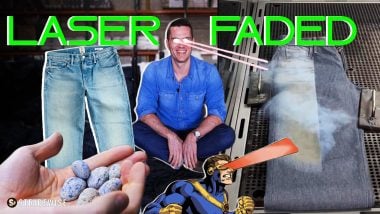
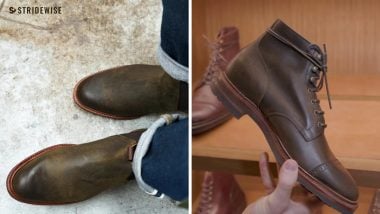



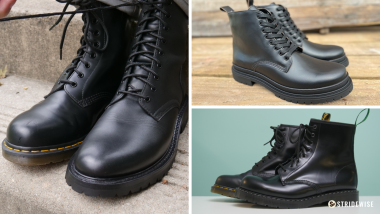


Hemp fabrics are stronger, more absorbent, more durable, and better insulating than cotton.
I’m desperate to make a 100% hemp jacket! I’ve been told it’d sell for like 900 dollars though!
I bought some hemp trousers, the most impressive aspects of hemp are the durability, super quick dry time and breathability. It’s my favourite fabric, superior to linen and less delicate than cotten. It won’t replace Egyptian cotten for smart shirts but for everything else it wins. I’m getting a pair of trousers and several shirts made out of various hemp clothes. I’ve ordered a silk hemp blend which should be nice for shirts. If I like the products I will start a brand
This is great. No one sells 100% hemp jackets for a multitude of reasons but if you can figure out how to make it not scratchy (enzymes??) people will pay for it
Tumble dry it a few times, really softens it. Hemp starts out “scratchier” than cotton but ends up softer. Also worth noting that a lot of the very high quality Romanian hemp is not at all scratchy and more comfortable than linen.
Yup, great point. Like linen, it softens with wear.